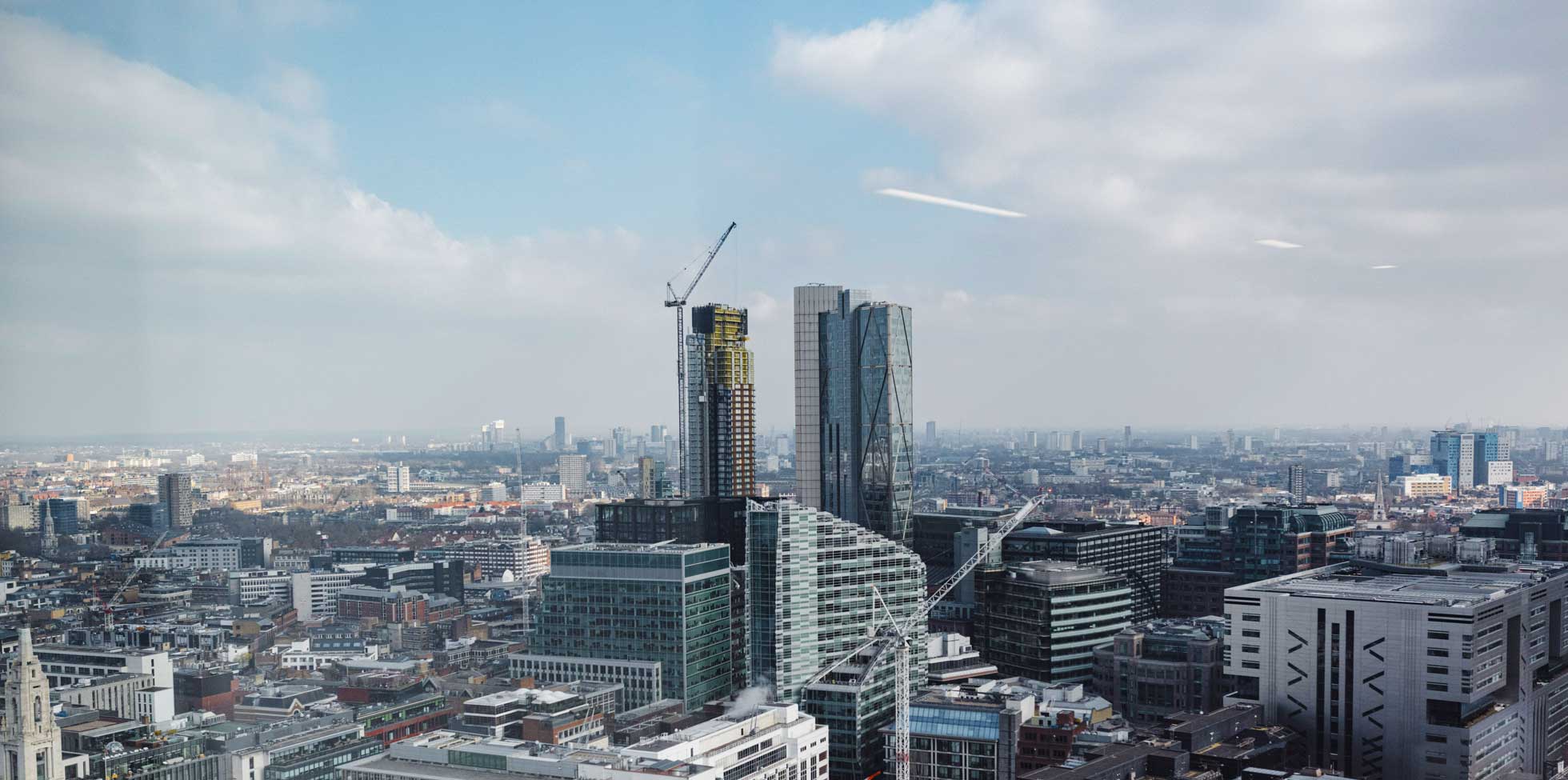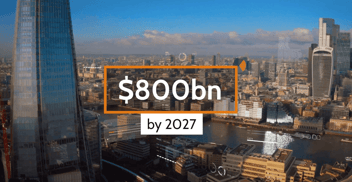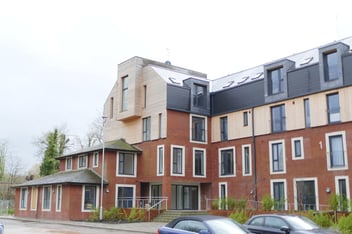Property investments have often been regarded as one of the relatively safer asset classes available, backed by the finite supply of land in this world.
In particular, UK residential property market has proven to hold its value over time, not least because it is a country where people want to live in. This is thanks to the sound legal infrastructure, job opportunities, education system, culture and history.
As more people in this world want to live in the same piece of land, demand outstrips supply, and property value rises.
Net migration underpins UK’s housing demand
Office for National Statistics (ONS) estimated that net migration to the UK was 606,000 in 2022 and this is driving UK housing demand. This is evident in the rental market, as private rental prices have risen by 5.7% in the 12 months to September 2023 in the UK, according to ONS.
This comes despite all the negative headlines of war-induced energy crisis, mini-budget crisis, cost of living crisis, rising interest rates, Brexit, and the list goes on…
The supply-demand imbalance has been further exacerbated by the lack of home building for the past 30 years. As a result, the Institute of Public Policy Research estimates that Britain has a shortfall of 4.3 million homes compared to the average European country. It will take decades for Britain to catch up.
Yes, there will be cyclical downturns due to changes in economic conditions, but this shows that the long term structural supply-demand dynamics remain intact. UK is still one of the most popular destinations that people around the world who want to come to live, work and study in. This will support the UK housing market.
How to invest - Buy and develop a real estate project, or lend to a developer?
There are different ways to invest in UK real estate, the most common of which is to buy a home or buying a piece of land and develop on it. By owning the property, one will enjoy the upside from property price increases, but also bear the brunt in the event of a market downturn.
Therefore, we at Shojin believe that the best way to manage such a risk/return is to lend money to the developers, charge the property as collateral and earn a fixed interest rate instead.
What this means is that, if the property market does well, our investors earn a 15-24% interest rate p.a. If the property market is soft, our investors’ capital will be protected by the collateral (i.e. the property asset).
Investors’ capital will be at risk, only under a highly unlikely event where property prices crash by more than 20-25% (if our loan-to-value to the project is 75%-80%). If this does happen, many other asset classes such as stocks and corporate bonds will most likely suffer even bigger losses. The only safe haven will be cash, government bonds and possibly gold, in this scenario.
High interest rate environment is the best time to be the lender
Higher interest rates also mean that financing is harder to come by from the traditional channels (e.g. banks). As borrowers struggle to raise capital, borrowers are willing to pay a higher interest rate for the same or higher credit and project quality. This is the best time to be a lender, NOT when interest rates were low.
The key to navigating through these challenging times, is to screen the credit risks and project risks diligently. Stress test the value of the collateral and have an execution plan in place if things do go wrong. This is what our team at Shojin has been doing prudently on behalf of our investors for over a decade.






















